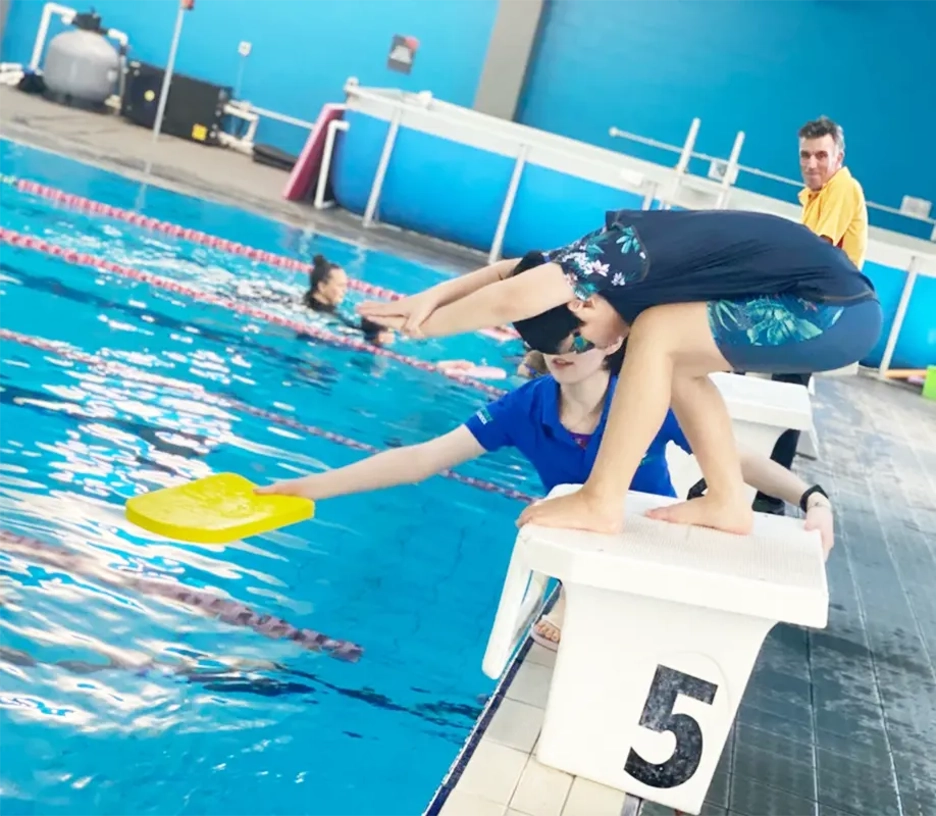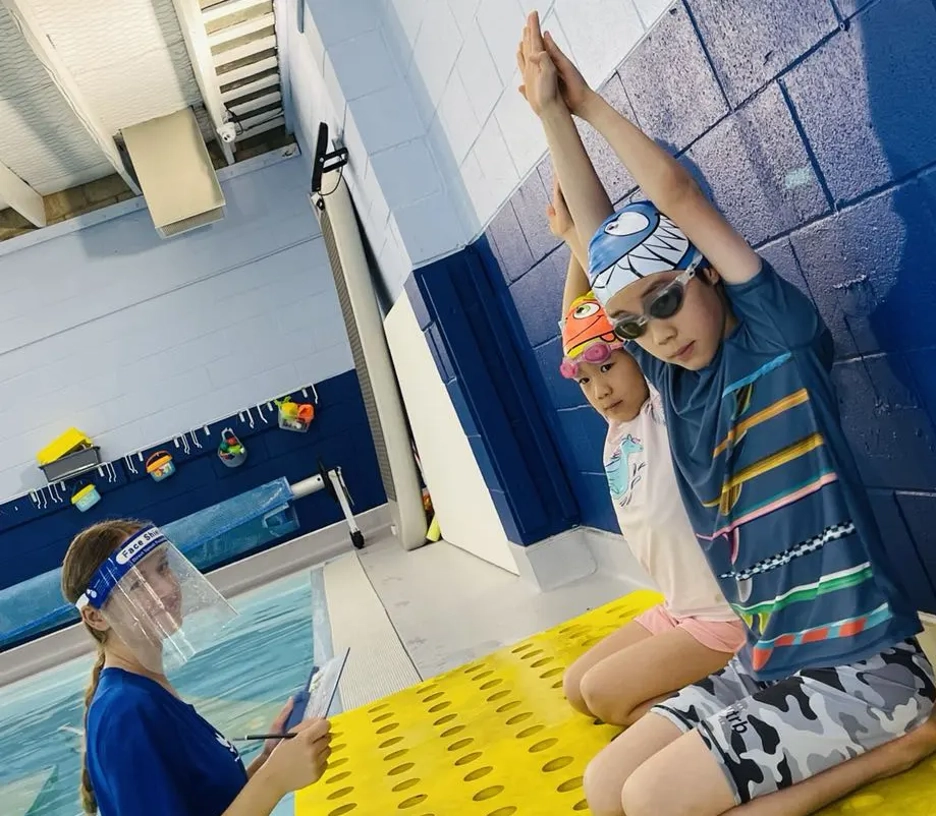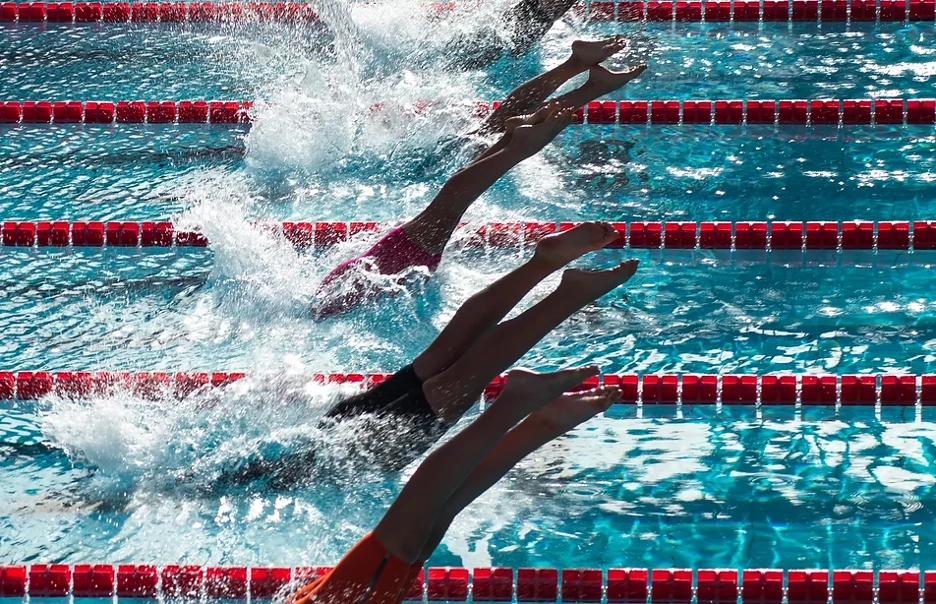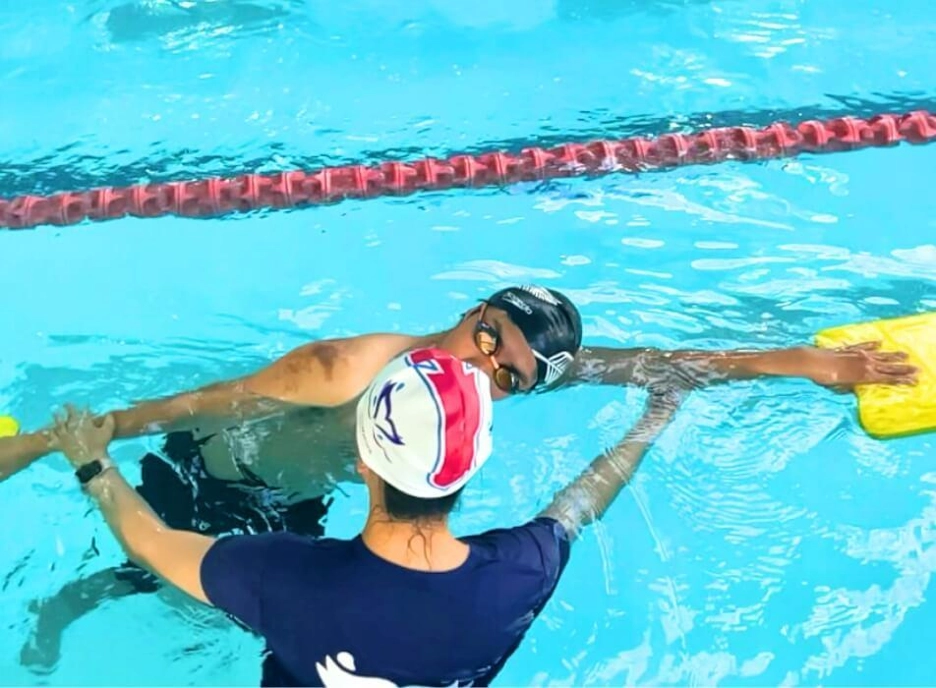





Diving seems effortless on television. You watch someone beautifully spring into the air, spin several times, and drop into the water like a knife cutting through butter.

But as anyone familiar with swimming lessons will attest, diving is difficult. Very difficult. And if you're an adult new to diving who's standing on the board for the very first time, the entire universe of Olympic diving, particularly the judging, can seem a little daunting.
But relax. This is going to break it down in a step-by-step way that's easy to understand. We'll illustrate how Olympic diving scores function and how learning about that system can make you get better faster.
Let’s start from the top. Olympic diving includes two types of events :
You’ll also see individual and synchronised events. In synchronised diving, two divers perform the same dive at the same time, and judges also score how well they match each other.
But for now, let’s focus on the basics of individual diving since that’s what most adult beginners start with.

Judges watch all three of these phases and other swimming techniques closely. Even if you do a complicated flip, a bad entry will tank your score.
In individual Olympic diving events, seven judges watch each dive. Here’s how it works:
Each judge marks the dive from 0 to 10, half points only.
But wait, it is not an ordinary average. In order to make it even, the two highest and the two lowest scores are discarded. The middle three scores, therefore, remain and are summed up.
Then multiply the sum by the Degree of Difficulty (DD) of the dive.
Let's say your dive is awarded these seven marks: 8.0, 8.5, 8.5, 8.0, 7.5, 7.5, 8.0
That's your total score for that dive.

This is where things get spicy, and swimming safety tips are important to master.
The degree of Difficulty is a rating based on how complex the dive is. The more flips, twists, or complicated positions (like pike or tuck), the higher the DD.
A simple front dive might have a DD of 1.4.
A twisting reverse somersault could jump up to 3.6.
But here’s the trick: a higher DD won’t save you from a sloppy dive. If you mess up the entry or your form is off mid-air, you’ll lose big, even if the dive was technically “harder.”
So, what’s the takeaway for beginners? Start simple. Get clean. Then build up.

Diving as an adult is scary. You're not a 12-year-old gymnast and don't want to cannonball into a belly flop in front of people. But diving is highly learnable, and with proper attention, you can learn faster than you realise..
Here’s what matters most:
You know that satisfying "pop" when a diver slices into the water without a splash? That’s the entry, and it’s everything.
You don’t need to be doing flips yet to practice a clean vertical entry. Start from the pool edge or a low board. Point your toes, keep your arms tight by your ears, and aim for a straight line. This simple drill is a staple in any solid adult lesson.
Less splash = more points. Even on the simplest dive.
This one’s a game-changer.
You can’t fix what you can’t see. Ask a friend to record your dives on a phone. Watch for:
Most beginners are surprised by how different their dive looks vs. how it feels. Video helps you close that gap.
Sure, it’s tempting to try a back 1½ somersault twist. But if your basics are shaky, you’re building on sand.
Stick with:
Get your balance, form, and control right first. That will carry you much further long-term than trying to impress early with tough dives.
Not all practice needs to be in the water. You can build strength and body awareness on land:
Many divers train this way to reduce injury risk and build muscle memory.
There’s only so much you can learn alone. Find a local diving coach or adult diving class if possible. They'll catch things you miss and help you progress way faster.
Even casually joining a local club for adults or recreational divers can be super helpful (and fun!).
Once you understand how Olympic diving is scored, you stop guessing what’s important.
You’ll realise:
Olympic divers perform magic, but now you know the secret: it's a combination of technique, timing, and serious control of the body, and a scoring system that rewards clean, intelligent dives.
If you're a beginning adult, don't be intimidated by the complexity. Master the basics. Practice getting comfortable on the board. Master entries. Tape your dives. Be patient.
And who knows? With the right attitude, the next perfect score could be yours, at least in your lane.
Want to learn to swim or brush up on your skills? Aqua Artist offers fun and safe swimming lessons for kids and adults. Call to begin!
Olympic diving scores are based on execution and difficulty. Seven judges score each dive from 0 to 10. The highest and lowest scores are dropped, and the remaining five are added and multiplied by the dive's degree of difficulty (DD) to determine the final score.
If you’re curious to learn the ropes yourself, adult lessons can help break down these scoring systems in a fun, accessible way.
The degree of difficulty (DD) determines the difficulty of a dive, taking into account things like the number of twists, the number of somersaults, and the takeoff position. A bigger DD will result in a better score, provided the dive itself is actually done. Fancy having a try? Book now to start with a dive that suits your ability.
Adult beginners often struggle with alignment, rushed entries, and unstable takeoffs. Focus on a tight body position, smooth control, and a clean vertical entry. Many of these habits can be corrected in a structured adult lesson with the right coach watching your form.
Yes! Mastering elite skills takes time, but adults can make significant progress with regular training, flexibility training, and coaching feedback. Begin with basic dives and gradually progress.
Yes, any time! But organised courses such as our holiday course make it even simpler to get started. These courses are for beginners and ideal for trying out something new in a supportive and guided way.